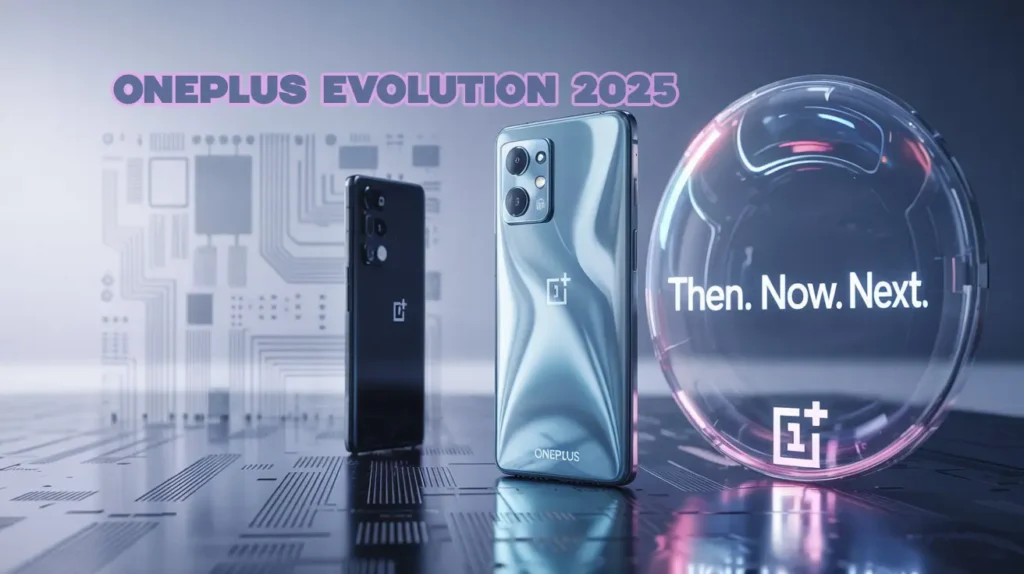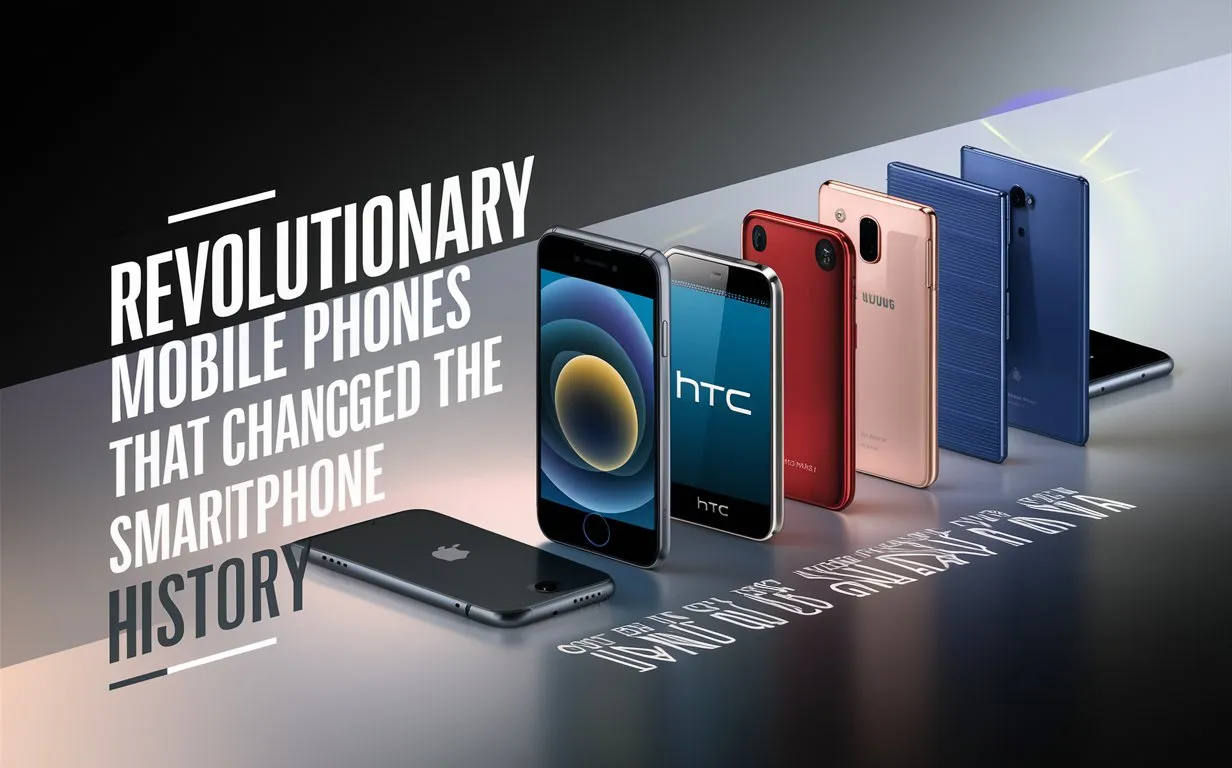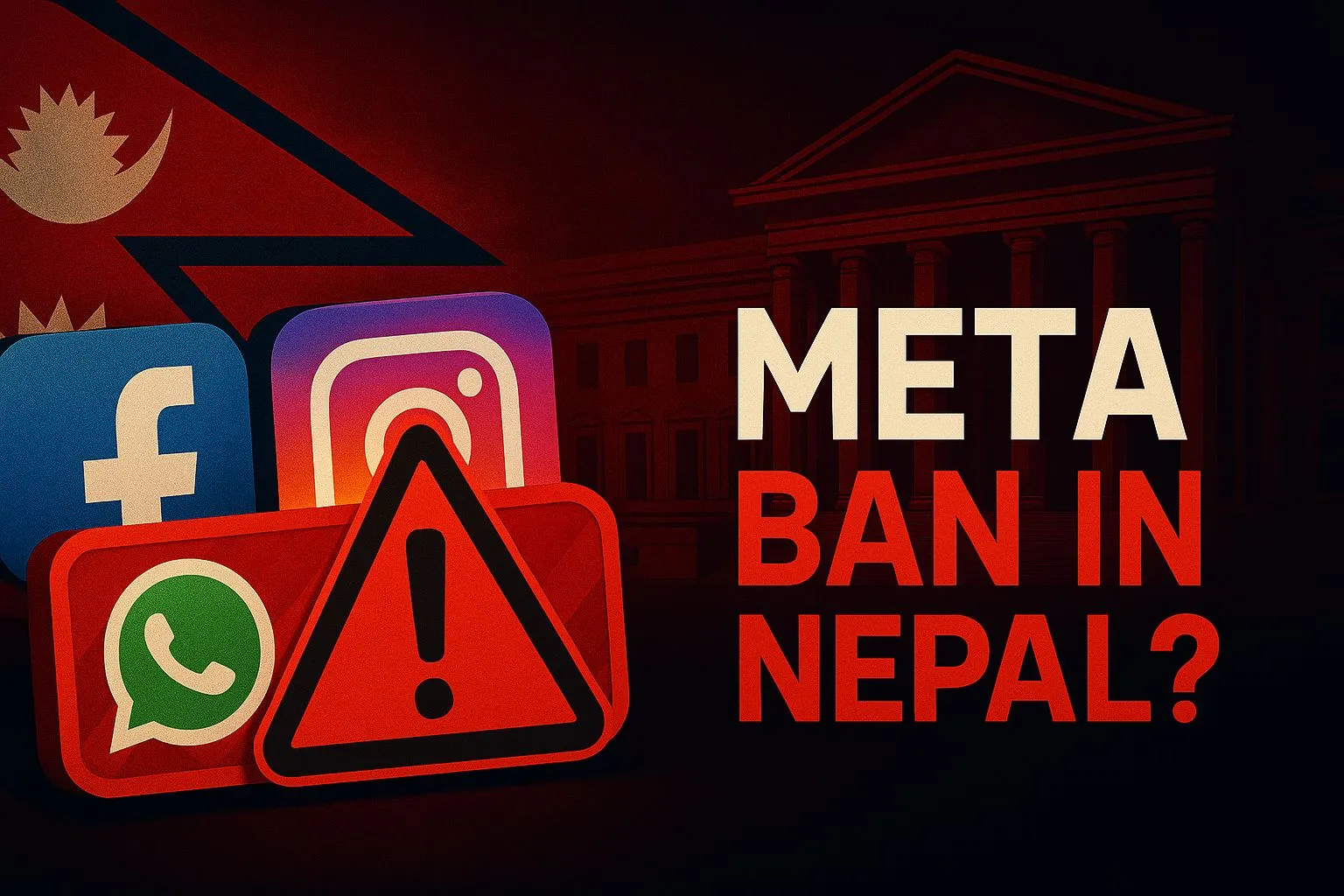The OnePlus Evolution 2025 is a story of a smartphone brand founded in 2013. Oneplus initial focus was to disrupt the US market with the OnePlus One.
Table of Contents
1. Introduction: ONEPLUS – A STORY OF RISE, FALL, AND POTENTIAL REBIRTH
The OnePlus Evolution 2025 is a compelling story of a smartphone brand that rose to prominence, experienced a significant downturn, and is now strategizing a comeback. Founded in 2013, OnePlus initially disrupted the market with the OnePlus One, but recent challenges led to a strategic shift. This article explores OnePlus’s journey, its focus on premium offerings like the OnePlus 13, and itsoneplu initiatives to regain customer trust.
2. The OnePlus One (2014): Targeting India with Cyanogen OS
The OnePlus One, powered by Cyanogen OS, was initially envisioned for the US market. However, recognizing the demand in India through imports, OnePlus strategically shifted its focus to capture the burgeoning Indian market. This marked the beginning of OnePlus’s journey or OnePlus Evolution 2025, in one of the world’s most important smartphone markets.
3. Ascendancy in India (2015-2018): OnePlus 2, 3, 5, and 6 Series
From 2015, OnePlus experienced rapid growth in India with subsequent models like the OnePlus 2, OnePlus 3, and OnePlus 5 and 6 series. These devices, known for their impressive performance, good hardware, and the acclaimed OxygenOS, enabled OnePlus to compete directly with industry giants like Apple and Samsung. By 2018, OnePlus had become the leading brand in India’s premium smartphone segment, surpassing even Samsung. OxygenOS, often described as “stock Android on steroids,” was a key factor in OnePlus’s early success.
4. The Futuristic OnePlus 7 Pro (2019): A Peak of Innovation
The OnePlus 7 Pro, launched in 2019, stood out as a futuristic phone, embodying the best of smartphone technology at the time. It became a symbol of OnePlus’s innovative capabilities and premium aspirations. This particular device turned the OnePlus evolution 2025 in a high graph.
| Feature | OnePlus One (2014) | OnePlus 13 (2025) |
|---|---|---|
| Release Price | $299 | $500-$700 (Estimated) |
| Operating System | Cyanogen OS | OxygenOS (AI-enhanced) |
| Processor | Snapdragon 801 | Snapdragon 8 Gen 3 |
| RAM | 3GB | 12GB/16GB |
| Storage | 16GB/64GB | 256GB/512GB |
| Display | 5.5″ 1080p LCD | 6.8″ QHD+ AMOLED with 120Hz refresh rate |
| Camera | 13MP Rear, 5MP Front | 50MP Main (Hasselblad), 50MP Ultrawide, 32MP Telephoto, 32MP Front |
| Battery | 3100 mAh | 5000 mAh+ with 100W Fast Charging |
| Connectivity | 4G LTE | 5G, Wi-Fi 7, Bluetooth 5.4 |
| Special Features | Disruptive pricing, Cyanogen OS | AI Button, India-First 5.5G (with Jio), Hasselblad Camera V4, Trinity Engine |
| Design | Plastic build | Premium materials (ceramic, metal) |
| Focus | Disruptive pricing, community-driven | AI-enhanced user experience, camera excellence, performance |
| Market Position | Targeting tech enthusiasts | Competing in the premium smartphone segment |
| AI Integration | None | AI Features: AI button, AI-enhanced Camera, AI-Optimized Battery Optimization |
5. The Downfall (2020-2024): Departure of Carl Pei and Oppo Merger
The year 2020 marked the beginning of a downturn for OnePlus. The first major shock came with the departure of Carl Pei, shortly after he introduced the OnePlus Nord series. This was followed by the controversial merger with Oppo, diluting OnePlus’s unique identity and alienating its original fan base. The integration of OxygenOS with ColorOS further diminished the brand’s appeal, as users felt the unique user experience was lost.
6. The Green Line Issue and Loss of Customer Trust
Between 2020 and 2022, OnePlus faced a significant crisis with the widespread “green line” issue affecting many of its devices. This issue severely damaged the brand’s reputation and led to a loss of customer trust. Despite offering free replacements and other programs, OnePlus struggled to regain its customer base. By 2024, many loyal customers switched to competitors like iQOO, Vivo, Samsung, and even Apple. The brand’s reputation suffered further when approximately 4,500 retailers boycotted OnePlus, impacting its sales and market presence.
Here’s the details post about green line issues: Smartphone Green Line Issues
7. The Rebirth Strategy (2025 Onwards): Project Starlight, Service Improvements, and AI
In 2025, OnePlus decided to turn the tide with a comprehensive revival strategy. The company announced a significant investment of approximately 2000 crores in “Project Starlight” to address and resolve past issues, including the green line problem. This initiative included a lifetime warranty for display issues and rigorous testing to prevent future occurrences. OnePlus also committed to enhancing its after-sales service experience by opening exclusive service centers, expanding service availability in Tier-2 and Tier-3 cities by 50%, and implementing “India First” features like 5.5G connectivity through a partnership with Jio in the OnePlus 13. The brand also plans to integrate an AI button, replacing the alert slider, and focus on AI-driven features.
8. Focusing on Premium with the OnePlus 13
Moving forward, OnePlus aims to focus on the premium segment, with the OnePlus 13 expected to make a significant impact. The company aims to provide a compelling option for customers seeking high-end smartphones in the 40,000-50,000 INR range.
9. Competition and the Future of OnePlus
As competition intensifies with brands like iQOO and Motorola gaining ground, OnePlus needs to refine its Nord strategy and focus on premium offerings. The brand can revive its unique identity by revisiting the look and feel of OxygenOS, aiming for a clean, stock Android-like experience similar to Google Pixel. By concentrating on user experience, performance, and product innovation, OnePlus can regain its market presence. While the OnePlus Open foldable phone generated some initial excitement, OnePlus has decided not to pursue a successor, instead focusing on improving its existing smartphone lineup.
10. OnePlus vs. Nothing: A Future Clash?
OnePlus also expanded into various product categories, including smartwatches and earphones, with varying degrees of success. The company discontinued its TV business despite initial positive reception. The future may see a clash between OnePlus and Nothing, founded by Carl Pei, as both companies vie for market share. While Nothing shows promise with its innovative products, it remains to be seen who will emerge as the stronger contender.
11. Conclusion: A Brand with Resilience and Potential
The journey of OnePlus has been marked by both remarkable success and significant challenges. Despite past setbacks, OnePlus retains considerable power and potential. With a renewed focus on quality, customer service, and innovation, OnePlus is poised for a strong comeback with the OnePlus 13 and future premium devices. The smartphone industry will be watching closely to see how OnePlus navigates its future and reclaims its position in the market.
FAQs
Q: What made the OnePlus One revolutionary?
A: Its combination of flagship specs and aggressive pricing disrupted the industry and challenged established brands.
Q: What factors contributed to OnePlus’s downfall in recent years?
A: Key factors include the departure of Carl Pei, the merger with Oppo, the green line issue, and the dilution of OxygenOS.
Q: What is OnePlus doing to regain customer trust?
A: OnePlus is investing in Project Starlight to address product quality issues, enhance after-sales service, and introduce India-first features.





